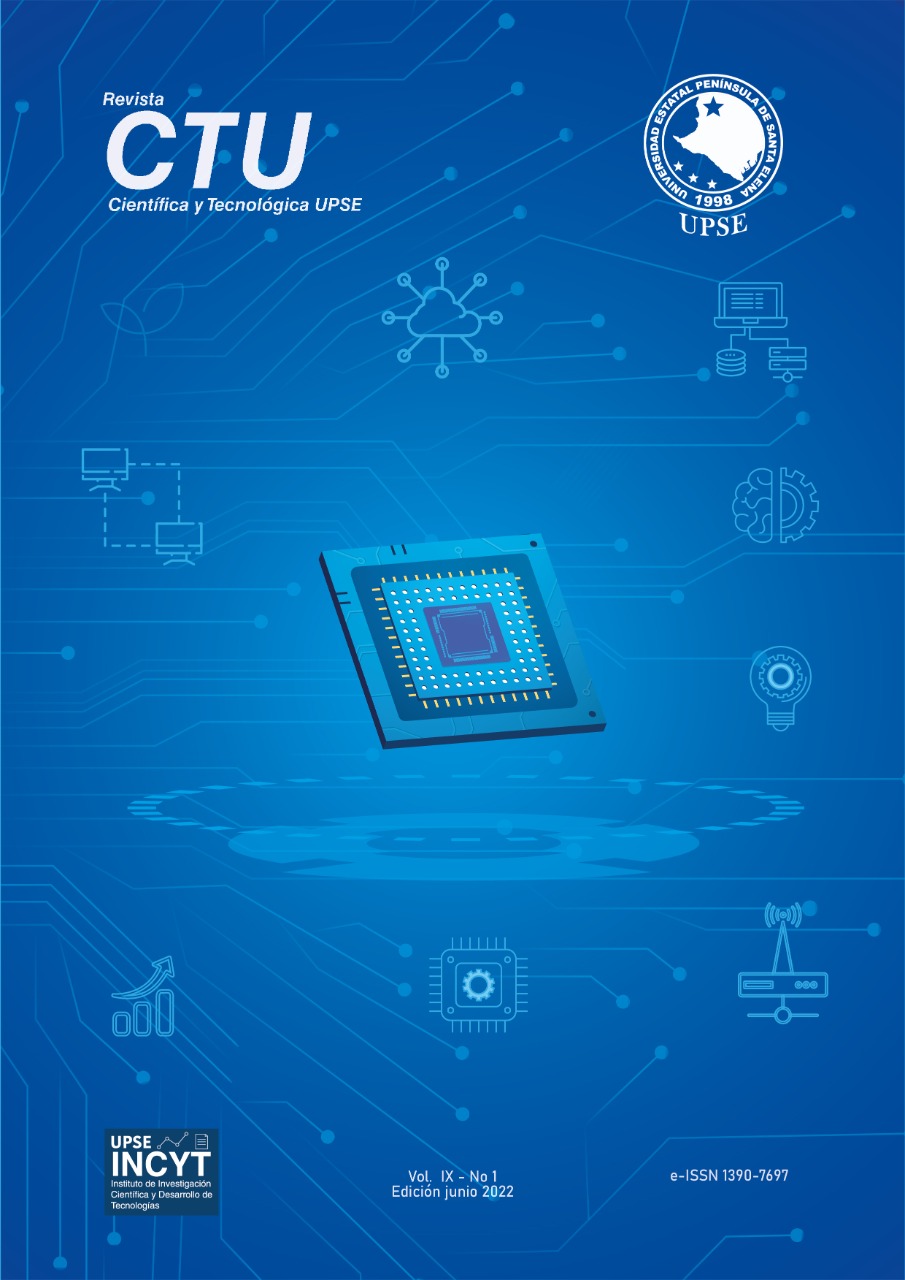Propuesta de una planta fotovoltaica de 824,86 MW en Manabí, Ecuador.
DOI:
https://doi.org/10.26423/rctu.v9i1.640Palabras clave:
Energías limpias, Plantas fotovoltaicas, Proyectos eléctricos, Refinería del PacíficoResumen
Se analizó la factibilidad para la implementación de una planta fotovoltaica de 824,86 MW en el Aromo, provincia de Manabí, Ecuador. Se estudió la zona, el recurso solar, normativas, requerimientos, componentes del diseño y su presupuesto. Con el software RETScreen Expert se evaluó los parámetros financieros y ambientales del proyecto, confirmando su rentabilidad con ganancias por venta de 190,93 % a tarifa residencial o de 889,55 % si es comercializada según la regulación del CONELEC 004/11. Proyectándose un costo de generación de electricidad de 0,045 a 0,054 USD/kWh cubriendo una demanda de 894,68 GWh a 10 años. El proyecto supera 4,12 veces la capacidad mínima instalada de una planta a construirse en la zona y reduce el 35,11 % del costo generado por kWh. De implementarse sería la primera de mayor potencia a nivel nacional y la tercera de Latinoamérica.
Descargas
Publicado
Número
Sección
Licencia
El titular de los derechos de autor de la obra, otorga derechos de uso a los lectores mediante la licencia Creative Commons Atribución-NoComercial-CompartirIgual 4.0 Internacional. Esto permite el acceso gratuito inmediato a la obra y permite a cualquier usuario leer, descargar, copiar, distribuir, imprimir, buscar o vincular a los textos completos de los artículos, rastrearlos para su indexación, pasarlos como datos al software o usarlos para cualquier otro propósito legal.
Cuando la obra es aprobada y aceptada para su publicación, los autores conservan los derechos de autor sin restricciones, cediendo únicamente los derechos de reproducción, distribución para su explotación en formato de papel, así como en cualquier otro soporte magnético, óptico y digital.












